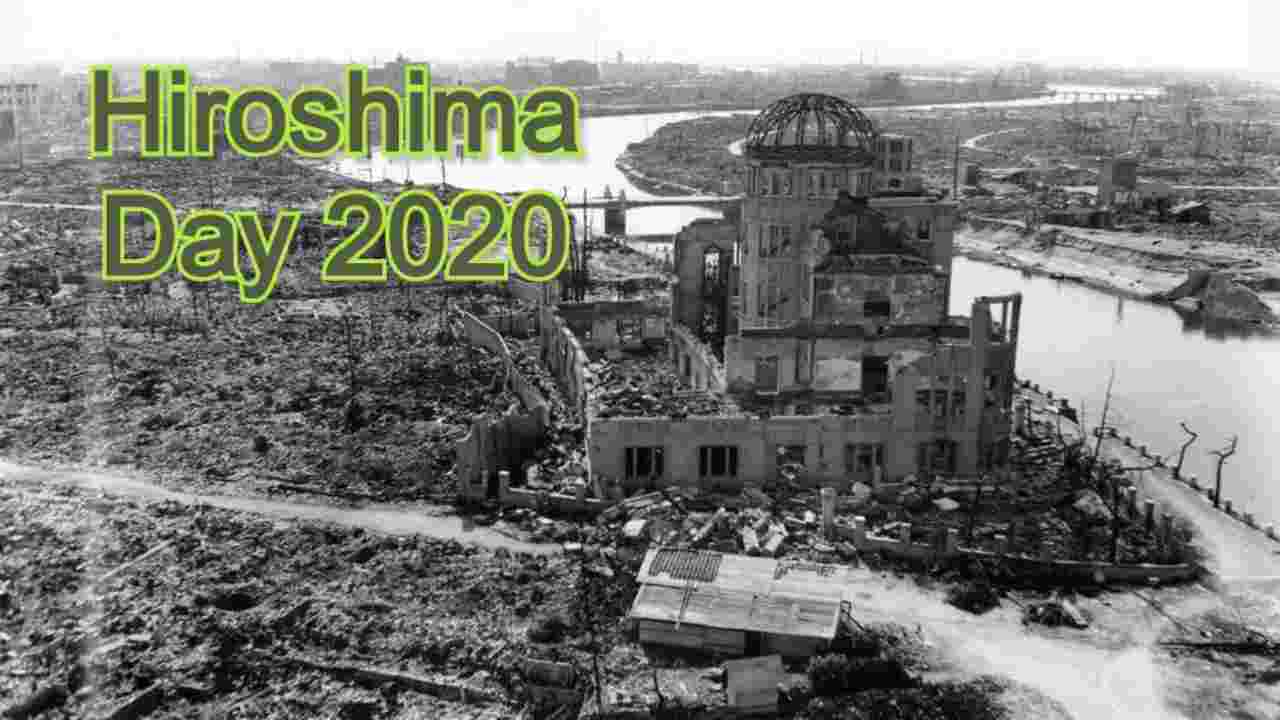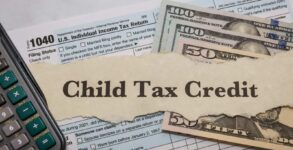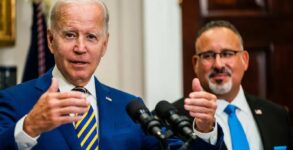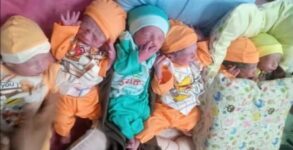Hiroshima Day 2020: The horrifying day, when the United States of America dropped an atomic bomb named ‘Little Boy’ on Japan’s Hiroshima will be remembered for decades. The incident took place on August 6, 1945 and every year ‘Hiroshima Day’ is observed.
The bombing ended the Second World War. To promote “peace politics” the Galway Alliance Against War holds the event every year.
This was the first time in the history of warfare when an atomic bomb was used against a nation. The incident wiped out around 90% of the city and killed around 80,000 people and had left scars on the city even after all these years.
On the occasion of Hiroshima Day, here are the key highlights of the American Nuclear bombing:
- The United States and Japan had been at war since 1941. By 1945, U.S. forces were closing in on the Japanese mainland and launching bombing attacks on Japanese cities.
- On July 16, 1945, in the Trinity Test in New Mexico, the U.S. successfully detonated the world’s first atomic bomb. Maj. Gen. Leslie Groves, leader of the Manhattan Project, wrote to the secretary of war that the U.S. “now had the means to ensure speedy conclusion and save thousands of American lives.”
- Nine days later, on July 25, President Harry S. Truman and fellow Allied leaders, Josef Stalin and Clement Attlee issued the Potsdam Declaration, an ultimatum for Japan to surrender unconditionally or face “prompt and utter destruction.” Japan refused to accept these terms on July 28.
- Truman authorized the use of the atomic bomb as soon after Aug. 3 as possible. Four cities were selected as targets for their industrial and military importance: Hiroshima, Kokura, Niigata, and Nagasaki. Weather conditions would now determine when and where the first bomb would be dropped.
- The 8,900-pound bomb, called “Little Boy,” was to be carried in a B-29 Superfortress piloted by Col. Paul W. Tibbets, commander of the 509th Operations Group. On Aug. 6, Tibbets and 11 crewmembers took off on the B-29, which the night before had been given the nickname “Enola Gay,” after Tibbets’ mother, from the island of Tinian toward Hiroshima, an industrial city and important military center.
- At 8:15 AM local time, the Enola Gay dropped Little Boy onto Hiroshima. Just 43 seconds later it exploded 1,900 feet above the city. Nearly five square miles, over 60 percent of the developed city, was destroyed.
- Between 70,000 and 80,000 of the more than 340,000 people in the city are believed to have been killed by the initial blast, and many more died in the following weeks and years from injuries and radiation. The official Japanese death toll, calculated a year after the explosion, is 118,661. Other estimates put the number of deaths at more than 140,000, while thousands of other victims have suffered from radiation sickness, cancer and other long-term effects.


















